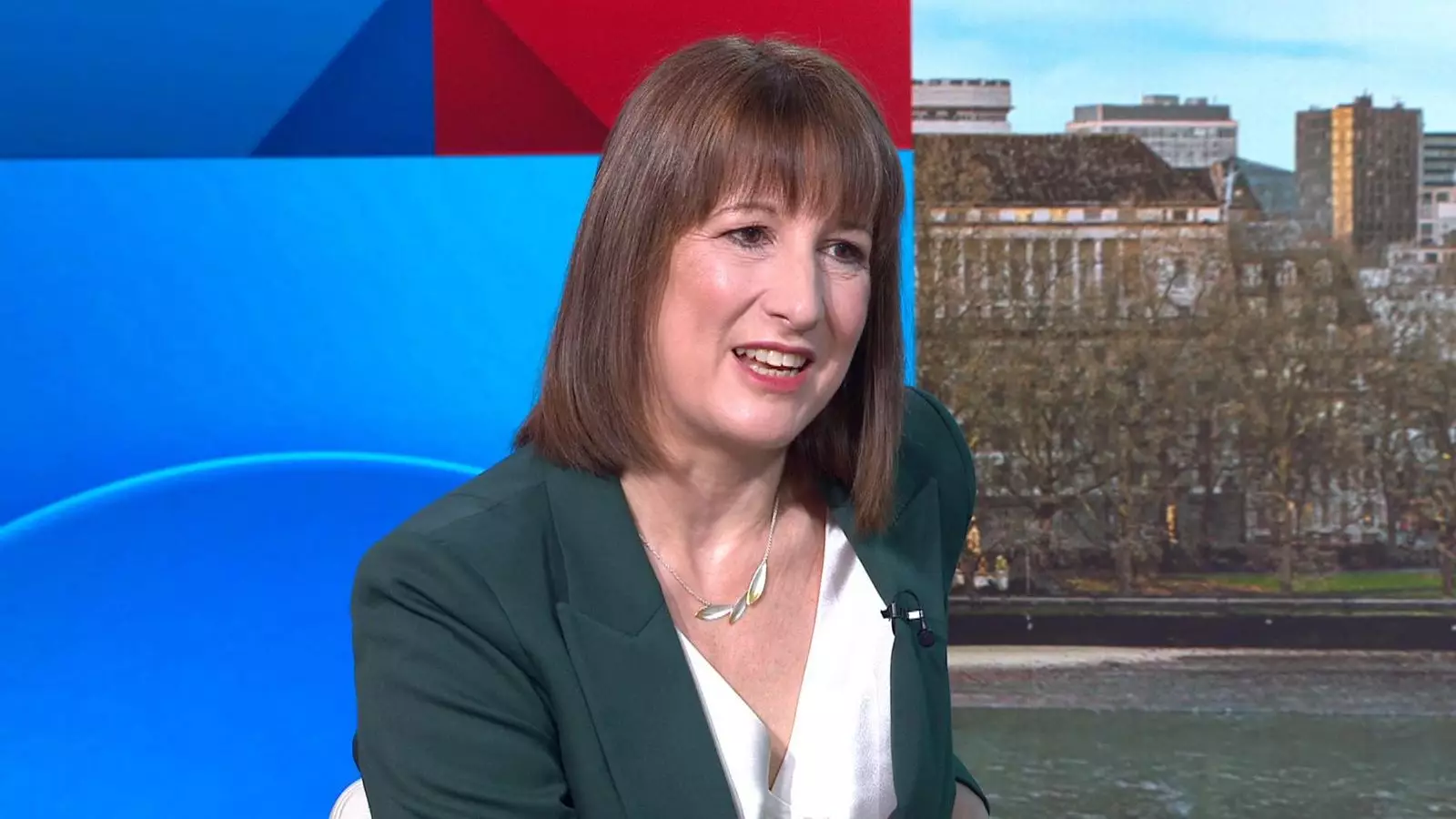The UK government has announced an ambitious £2 billion initiative aimed at constructing up to 18,000 new homes in England, a plan that Chancellor Rachel Reeves touts as a stepping stone in addressing the ongoing housing crisis. Yet, as we dissect this promise, it becomes glaringly evident that this initiative is less a solution and more a small bandage on a gaping wound. At a time when the social housing crisis is reaching daunting proportions, the figures provided by the government feel like a half-hearted attempt to mask deeper systemic failures.
The proposed funding claims to be a “down payment” from the Treasury. However, the term feels misleading when placed against the staggering need for housing. With record highs for homelessness and nearly 1.4 million households on social housing waiting lists, it is difficult to view 18,000 homes—expected to include only half as social housing—as anything remotely close to a genuine solution. The very notion that such a small number of homes could address an escalating crisis illustrates the disconnect between governmental rhetoric and real-world needs.
Not Enough, Not Nearly Enough
Charities and housing advocates have rightly criticized the government’s approach, stressing that the primary focus should be on social rent homes, which remain the backbone of affordable housing solutions. With homelessness skyrocketing, can we truly call this initiative “progress”? The New Economics Foundation has starkly projected the necessity for building around 90,000 social homes by 2027/28. In light of this, the Chancellor’s plan seems more like a temporary fix than a comprehensive response.
Moreover, the idea that Josephine Public can merely wait for subsequent investments is not only optimistic but dangerously naive. The fixations on future spending cuts across departments—including potentially detrimental cuts to welfare—illustrate the stark reality that financial resources remain scarce and are incorrectly prioritized. Struggling families need housing solutions today, not promises of tomorrow’s investments that may never materialize.
The Promise of Home Ownership
On a recent visit to a site promoting affordable housing, Ms. Rayner expressed the sentiment that everyone deserves a safe, secure home, yet stark contradictions lie within these affirmations. The alarming issue at hand is not merely the lack of affordable homes but the growing divide that leaves working-class families feeling trapped. The government must prioritize accessible housing for rent, compelling them to break the cycle of unfulfilled promises of homeownership. Is this social aspiration really being served by constructing a few thousand homes, or will it merely cater to the upper echelons of society who can afford to buy?
The statistics paint an unflattering portrait: with nearly 1.4 million families waiting for social housing, can ceremonial announcements about a handful of homes truly alleviate the suffering endured by so many? The credibility of this initiative hangs in balance against the backdrop of distressing truths—the cries of families enduring housing precarity cannot be soothed by inadequate responses.
Rethinking the Housing Narrative
The central flaw of the announcement revolves around an outdated conception of homeownership as the primary goal. This focus detracts from the critical need for diversified housing solutions that align with contemporary living conditions. Fostering a culture where stable rental options are prioritized would spearhead a more equitable housing market. A shift in conversation from the focus on homeownership to encompassing various housing pathways is essential for genuine progress.
As much as states are grappling to maintain economic competitiveness, how can government officials neglect the very fabric of society? The constant onslaught of welfare cuts undermines the well-being of society’s most vulnerable, and exacerbates the existing problem instead of alleviating it. We owe it to future generations to create living conditions where homes are not just structures, but sanctuaries.
This proposed housing initiative, while it might appear as a positive development, stands as a stark reminder of a more demanding context—that of neglected needs, financial disparities, and an alarming escalation in homelessness, revealing that half-measures simply cannot withstand the test of time. As the dust settles on this latest announcement, one can only hope that policymakers begin to take more decisive steps in alignment with the urgent demands of society.


Leave a Reply